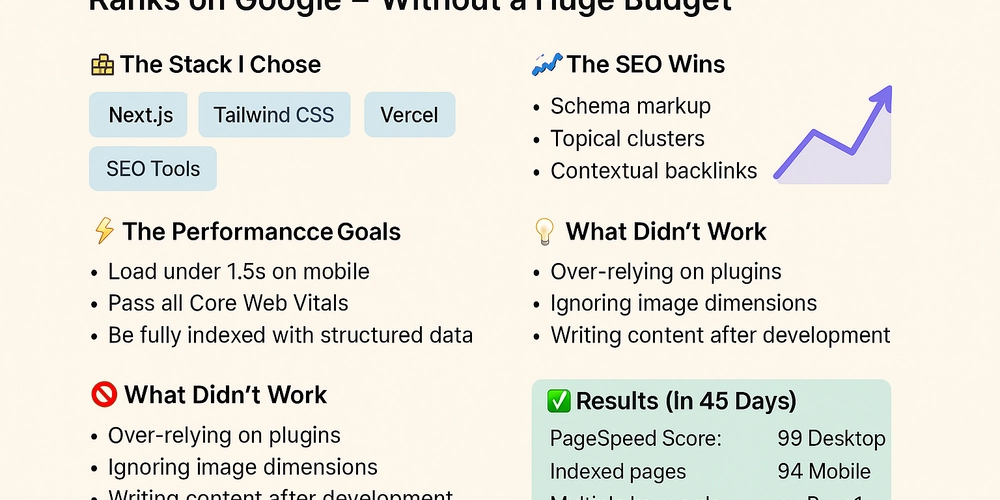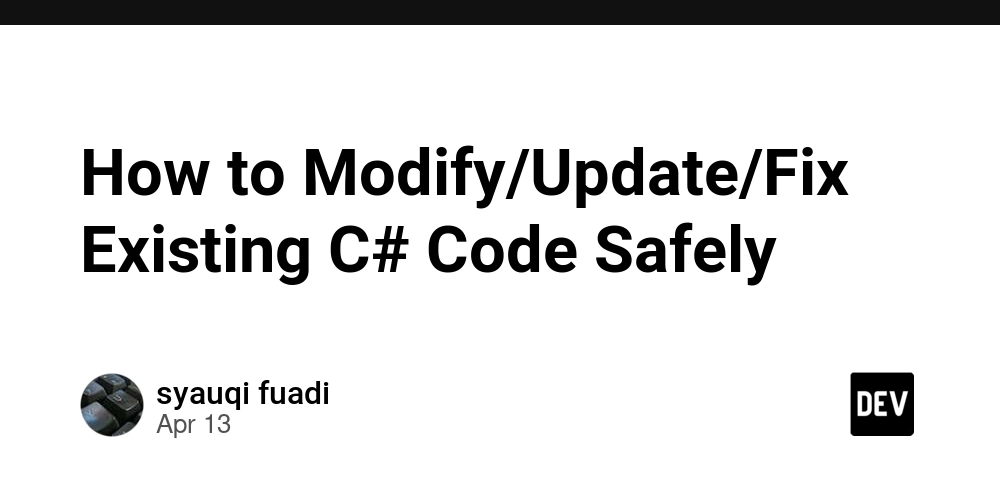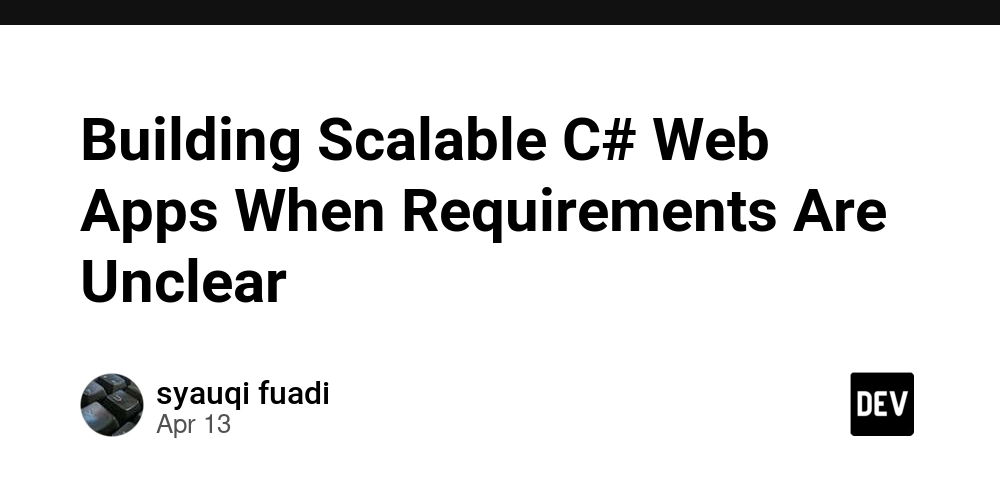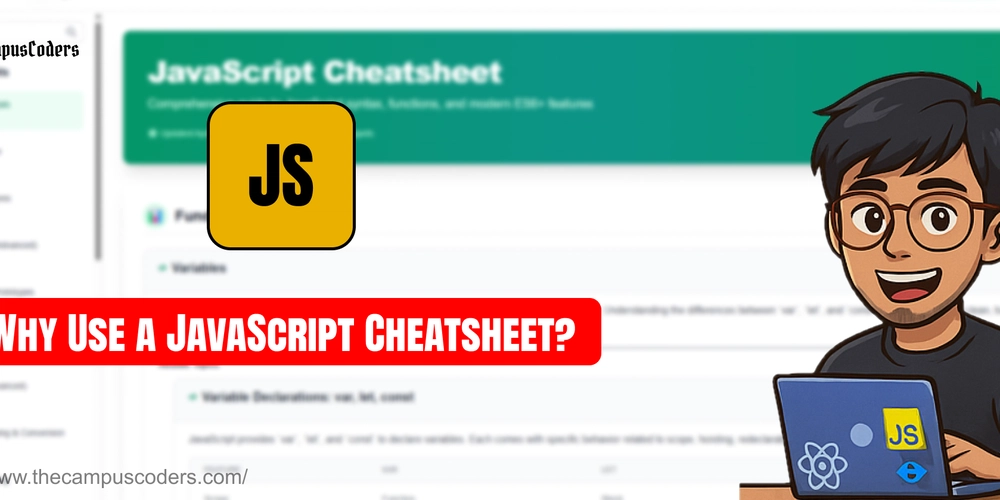How I Built a Fast, SEO-Optimized Website That Ranks on Google – Without a Huge Budget
In early 2025, I set out to build a website that not only looked great but also ranked high on Google, loaded fast, and followed modern UX practices — all without a team or big-budget tools. Here’s how I did it, what worked, what didn’t, and what I'd do differently next time. The Stack I Chose Framework: Next.js (for static site generation and speed) Styling: Tailwind CSS (for clean, responsive design) Hosting: Vercel (for simplicity + CDN) SEO Tools: Ahrefs, Google Search Console, Screaming Frog The Performance Goals Before touching code, I outlined three non-negotiables: Load under 1.5s on mobile Pass all Core Web Vitals Be fully indexed with structured data I treated performance like a feature, not an afterthought — and that changed everything. The SEO Wins I implemented schema markup manually (JSON-LD) for articles, services, and reviews. Focused on topical clusters, not just keywords. Built contextual backlinks via relevant communities (Moz, StackExchange, GitHub, Dev.to, etc.). Internal linking was done strategically using content pillars. Within weeks, impressions and clicks started climbing on GSC. Dev Tips That Made a Big Impact Preload fonts to reduce layout shifts. Used next/image for better image optimization. Avoided heavy animations that delay FCP (first contentful paint). Added Open Graph & Twitter meta tags for cleaner sharing. What Didn’t Work Over-relying on plugins: Even “lightweight” WordPress plugins slowed down early builds. Ignoring image dimensions initially — caused CLS issues. Writing content after development, which broke flow. ✅ Results (In 45 Days) ✅ PageSpeed Score: 99 Desktop / 94 Mobile ✅ Indexed pages with sitelinks ✅ Multiple keywords on Page 1 ✅ Time on site: +42% increase ✅ Bounce rate: down by 30% What I’d Improve Start with content wireframes, not just design mockups. Build a custom sitemap generator (current one misses deep pages). Better post-launch tracking for user interactions (hotjar, GA4 events). TL;DR Takeaway You don’t need fancy tools or a big team to build something that ranks. Just clear goals, clean code, and an understanding of what users and search engines actually want. Would you like a downloadable checklist or want help doing something similar for your site? Happy to share templates, tools, or code snippets. Just say hey for SEO Services in New York and California

In early 2025, I set out to build a website that not only looked great but also ranked high on Google, loaded fast, and followed modern UX practices — all without a team or big-budget tools.
Here’s how I did it, what worked, what didn’t, and what I'd do differently next time.
The Stack I Chose
Framework: Next.js (for static site generation and speed)
Styling: Tailwind CSS (for clean, responsive design)
Hosting: Vercel (for simplicity + CDN)
SEO Tools: Ahrefs, Google Search Console, Screaming Frog
The Performance Goals
Before touching code, I outlined three non-negotiables:
- Load under 1.5s on mobile
- Pass all Core Web Vitals
- Be fully indexed with structured data
I treated performance like a feature, not an afterthought — and that changed everything.
The SEO Wins
I implemented schema markup manually (JSON-LD) for articles, services, and reviews.
- Focused on topical clusters, not just keywords.
- Built contextual backlinks via relevant communities (Moz, StackExchange, GitHub, Dev.to, etc.).
- Internal linking was done strategically using content pillars.
Within weeks, impressions and clicks started climbing on GSC.
Dev Tips That Made a Big Impact
- Preload fonts to reduce layout shifts.
- Used next/image for better image optimization.
- Avoided heavy animations that delay FCP (first contentful paint).
- Added Open Graph & Twitter meta tags for cleaner sharing.
What Didn’t Work
- Over-relying on plugins: Even “lightweight” WordPress plugins slowed down early builds.
- Ignoring image dimensions initially — caused CLS issues.
- Writing content after development, which broke flow.
✅ Results (In 45 Days)
✅ PageSpeed Score: 99 Desktop / 94 Mobile
✅ Indexed pages with sitelinks
✅ Multiple keywords on Page 1
✅ Time on site: +42% increase
✅ Bounce rate: down by 30%
What I’d Improve
- Start with content wireframes, not just design mockups.
- Build a custom sitemap generator (current one misses deep pages).
- Better post-launch tracking for user interactions (hotjar, GA4 events).
TL;DR Takeaway
You don’t need fancy tools or a big team to build something that ranks. Just clear goals, clean code, and an understanding of what users and search engines actually want.
Would you like a downloadable checklist or want help doing something similar for your site? Happy to share templates, tools, or code snippets. Just say hey for SEO Services in New York and California










































































































































































![[The AI Show Episode 143]: ChatGPT Revenue Surge, New AGI Timelines, Amazon’s AI Agent, Claude for Education, Model Context Protocol & LLMs Pass the Turing Test](https://www.marketingaiinstitute.com/hubfs/ep%20143%20cover.png)





























































































































![From Accountant to Data Engineer with Alyson La [Podcast #168]](https://cdn.hashnode.com/res/hashnode/image/upload/v1744420903260/fae4b593-d653-41eb-b70b-031591aa2f35.png?#)




































































































.png?#)













































































































































![Apple Watch SE 2 On Sale for Just $169.97 [Deal]](https://www.iclarified.com/images/news/96996/96996/96996-640.jpg)

![Apple Posts Full First Episode of 'Your Friends & Neighbors' on YouTube [Video]](https://www.iclarified.com/images/news/96990/96990/96990-640.jpg)

































































































































